
Schleissheim Palace Complex: A Bavarian Baroque Jewel
Discover the grandeur of Bavarian royalty at Schleissheim Palace Complex, a stunning Baroque estate featuring opulent palaces, exquisite art collections, and meticulously designed gardens near Munich.
The Schleissheim Palace Complex, located in Oberschleißheim near Munich, is a stunning ensemble of Baroque architecture and landscape design. Comprising the Old Palace (Altes Schloss), New Palace (Neues Schloss), and Lustheim Palace, the complex showcases the evolution of Bavarian palatial architecture from the Renaissance to the Baroque periods. Visitors can explore opulent state rooms, admire extensive collections of Baroque paintings and Meissen porcelain, and wander through meticulously maintained formal gardens. The palace's rich history, architectural grandeur, and artistic treasures make it a captivating destination for history buffs, art enthusiasts, and anyone seeking a glimpse into Bavaria's royal past. Easily accessible from Munich, Schleissheim Palace offers a delightful day trip filled with culture and beauty.
A brief summary to Schleissheim palace complex
- Max-Emanuel-Platz 1, Oberschleißheim, 85764, DE
- +49893158720
- Visit website
Local tips
- Visit between April and September to enjoy the full splendor of the Baroque gardens and the waterworks, which are operational during these months.
- Purchase a combination ticket to access all three palaces (Old Palace, New Palace, and Lustheim Palace) for a comprehensive experience.
- Take the S-Bahn S1 from Munich to Oberschleißheim for an easy and affordable way to reach the palace complex.
- Allow at least half a day to fully explore the palaces, gardens, and museums within the complex.
- Check the official website for special events, concerts, and themed tours that may be taking place during your visit.
Getting There
-
Public Transport
From Munich, take the S-Bahn line S1 (direction Freising/Flughafen) to Oberschleißheim station. From the station, it's approximately a 10-15 minute walk to the Old and New Palaces. Alternatively, take bus line 292 or 295 from the Oberschleißheim S-Bahn station to the 'Schloss' stop, which is directly in front of the palace complex. A single S-Bahn ticket from Munich to Oberschleißheim costs approximately €4. The bus ride is included in the MVV (Munich public transport) ticket.
-
Driving
If driving from Munich, take the A92 motorway (exit Oberschleißheim) or the A99 (exit Neuherberg), or use the B13 and B471 roads. There are approximately 120 paid parking spaces available in front of the New Palace. Parking fees are approximately €1.50 per hour.
-
Taxi/Ride-Share
A taxi or ride-share from central Munich to Schleissheim Palace Complex will cost approximately €50-€65 and take around 20-25 minutes, depending on traffic.
Discover more about Schleissheim palace complex
Iconic landmarks you can’t miss
Carl-Orff-Bogen-Park
6.0 km
Explore Carl-Orff-Bogen Park in Munich - a peaceful urban sanctuary perfect for relaxation, picnics, and family-friendly activities amidst beautiful surroundings.
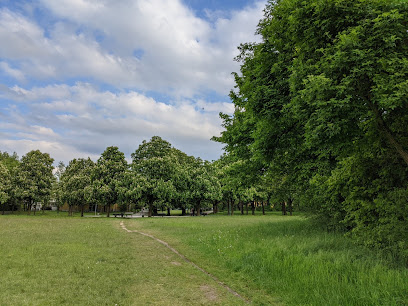
Bench Fountain
7.4 km
Discover the tranquil charm of Bench Fountain in Munich, a stunning example of Bauhaus design set in a lush urban oasis.
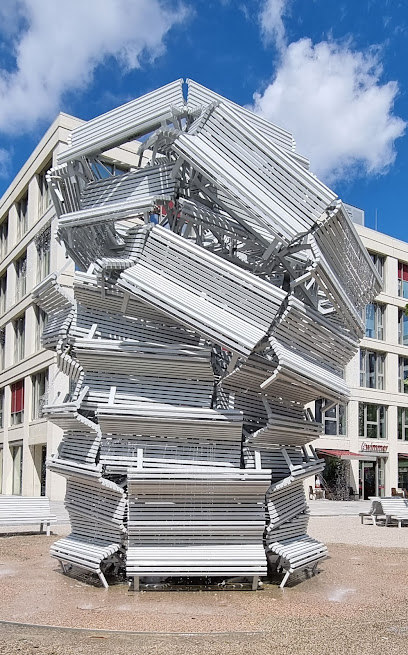
Cowboy
8.2 km
Discover the unique Cowboy attraction in Munich, where local culture meets vibrant atmosphere for an unforgettable travel experience.
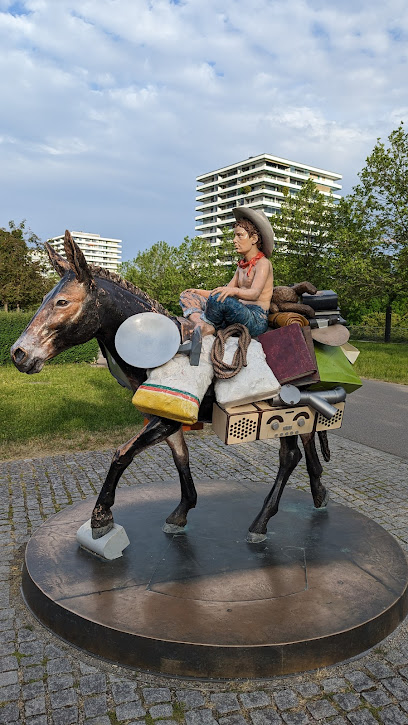
Pumucklbrunnen
8.7 km
Explore Pumucklbrunnen, Munich's whimsical fountain that brings folklore to life in the heart of Schwabing-West, a must-see for every tourist.
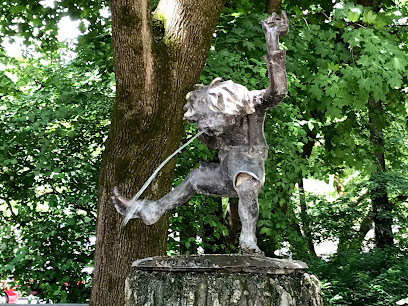
Obelisk im Luitpoldpark
9.1 km
Discover the Obelisk in Luitpoldpark: A Stunning Blend of History and Nature in Munich's Serene Oasis.
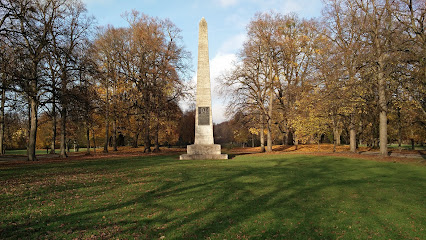
House of Werner Heisenberg
10.0 km
Visit the House of Werner Heisenberg, a key historical landmark in Munich celebrating the legacy of quantum mechanics and scientific innovation.
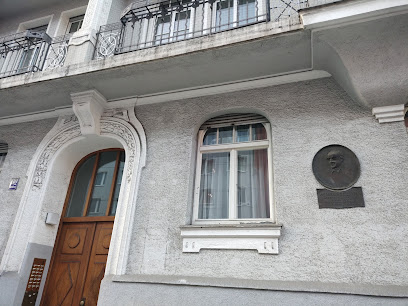
Wedekindbrunnen
10.1 km
Explore Wedekindbrunnen, a serene fountain in Munich's Schwabing-Freimann district, perfect for relaxation and cultural immersion.
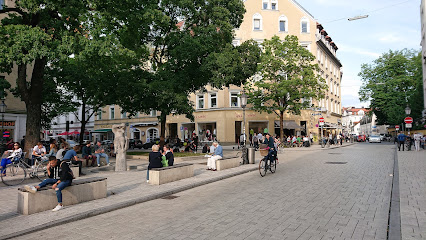
Monument to Reinhard Freiherr von Werneck
10.3 km
Explore the historic Monument to Reinhard Freiherr von Werneck in Munich, a serene tribute surrounded by beautiful parkland, perfect for history lovers.
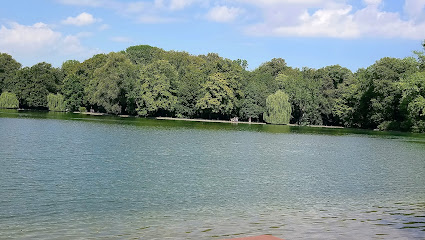
Sckellmonument
10.4 km
Discover the Sckellmonument in Munich, a serene tribute to botanist Joseph Sckell, surrounded by lush gardens and rich cultural heritage.
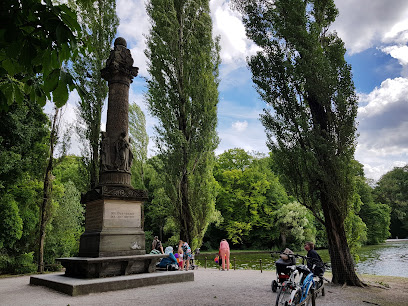
Skulptur Discrepancy
10.5 km
Discover the artistic allure of Skulptur Discrepancy in Munich's Schwabing-Freimann district, where contemporary sculpture meets urban charm.
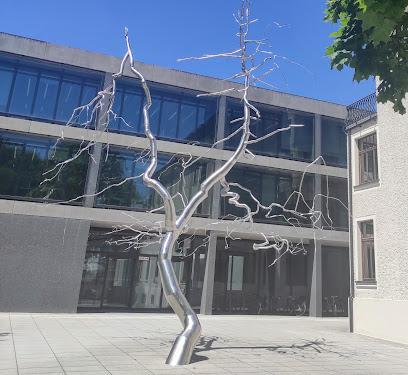
Walking Man
10.6 km
Discover the Walking Man: A dynamic sculpture in Munich that captures the city's artistic spirit and invites exploration of vibrant Schwabing.
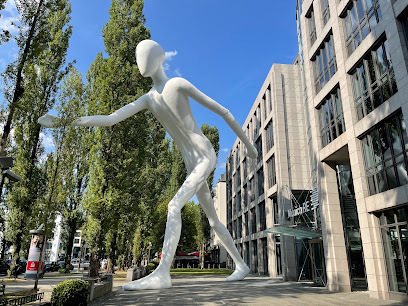
Nymphenburg Palace
11.1 km
Explore Nymphenburg Palace in Munich, a baroque masterpiece surrounded by enchanting gardens, showcasing Bavaria's royal history and cultural heritage.
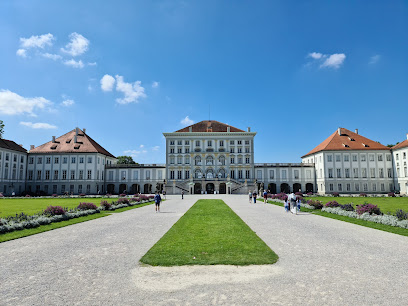
Georg-Elser-Platz
11.1 km
Discover the serene charm of Georg-Elser-Platz in Munich's Maxvorstadt, a peaceful retreat dedicated to a courageous historical figure.
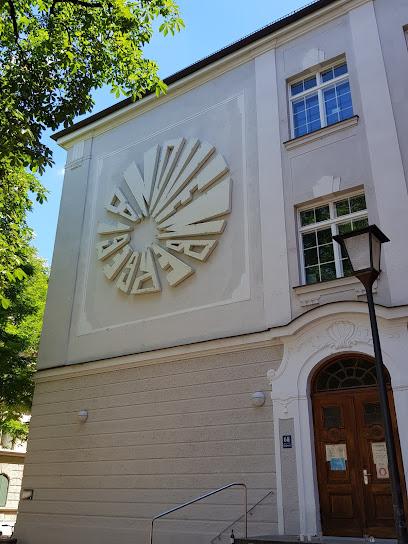
Professor-Huber-Platz
11.2 km
Experience the cultural vibrancy of Munich at Professor-Huber-Platz, a charming square nestled in the artistic heart of the city.
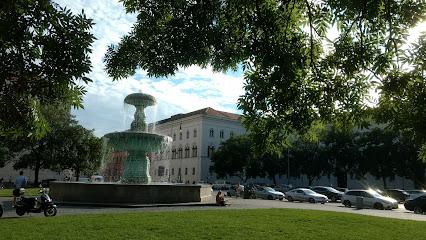
Wappenhaus
11.2 km
Explore Wappenhaus, a hidden architectural treasure in Munich's Maxvorstadt, showcasing the city's rich history and cultural charm.
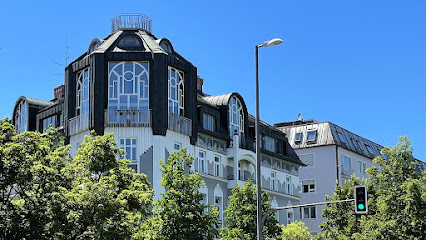
Unmissable attractions to see
Deutsches Museum Flugwerft Schleissheim
0.7 km
Discover the fascinating history of aviation at Deutsches Museum Flugwerft Schleissheim, showcasing remarkable aircraft and interactive exhibits.

Schloss Lustheim
1.1 km
Explore the beautiful Schloss Lustheim, a Baroque masterpiece in Oberschleißheim, showcasing rich history and stunning gardens.
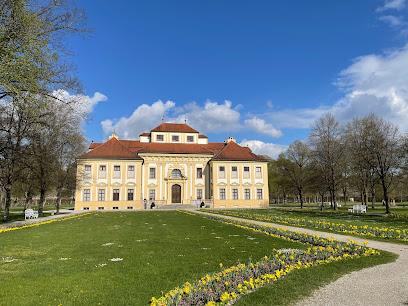
FC Bayern Museum
5.8 km
Explore the rich history of FC Bayern Munich at the FC Bayern Museum in Munich, a must-visit for football fans and tourists alike.
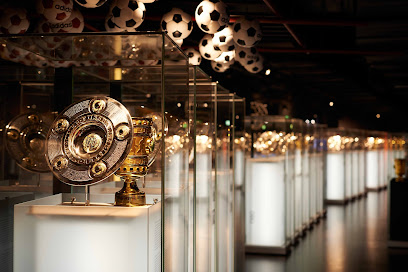
Allianz Arena
5.9 km
Explore the Allianz Arena, a stunning architectural marvel and home of FC Bayern Munich, perfect for sports lovers and cultural enthusiasts alike.
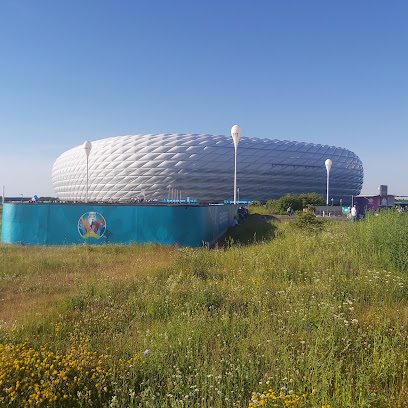
Kunst am Bau: Versunkenes Dorf
6.4 km
A thought-provoking art installation in Munich, commemorating a lost village and prompting reflection on urban development and memory.
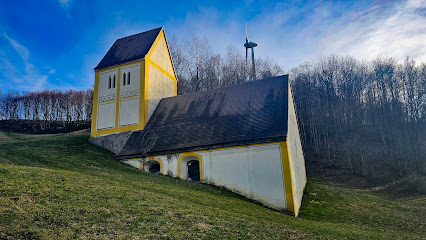
Dachau Concentration Camp Memorial Site
7.2 km
Explore the Dachau Concentration Camp Memorial Site, a haunting yet essential journey through a pivotal chapter of history, honoring the victims of the Holocaust.
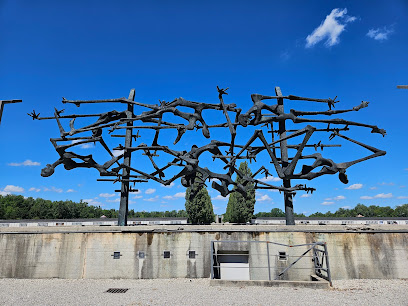
Bauhausplatz
7.4 km
Explore Bauhausplatz, a stunning square in Munich that showcases modern architecture and rich cultural heritage, perfect for design enthusiasts and travelers alike.
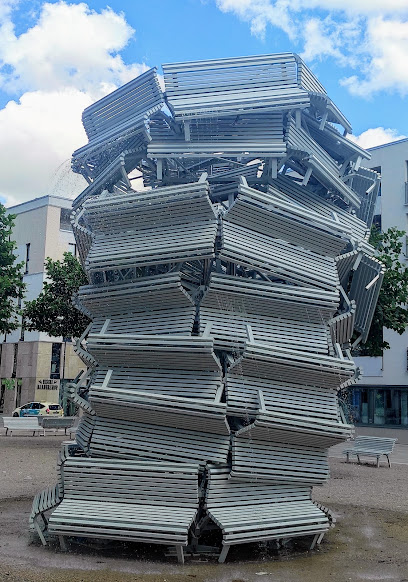
MURALARUM
8.0 km
Explore MURALARUM, Munich's vibrant open-air gallery of stunning murals and street art that showcases the city's rich artistic culture.

BMW Welt
8.1 km
Explore the fusion of modern design and automotive excellence at BMW Welt, Munich's premier destination for car enthusiasts and tourists alike.
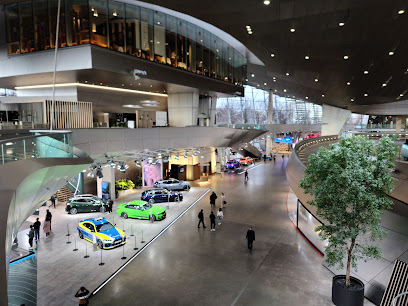
BMW Museum
8.2 km
Explore the BMW Museum in Munich, an iconic destination showcasing the evolution of automotive technology and design, perfect for car enthusiasts and tech lovers alike.
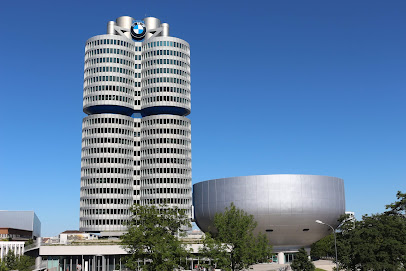
BMW Headquarters
8.2 km
Discover the BMW Headquarters in Munich, where innovation meets automotive excellence, featuring a museum and guided tours of the iconic brand.
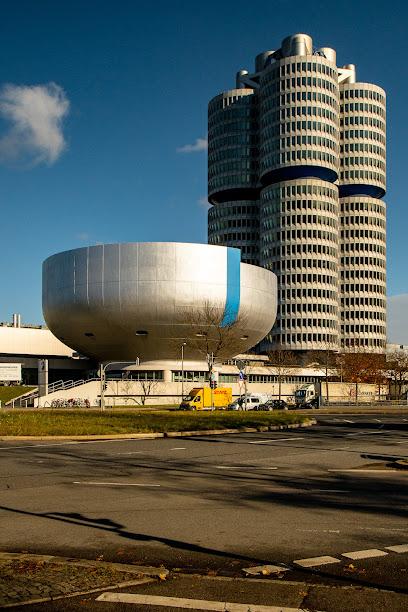
Olympiapark München
8.3 km
Explore Olympiapark München, where history meets nature in a stunning park filled with recreational activities and cultural events.

Olympia Eishalle
8.4 km
Experience the thrill of ice skating at Olympia Eishalle, Munich's iconic rink nestled in the historic Olympiapark.
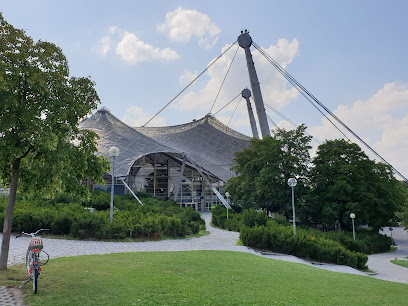
Olympia Hall
8.4 km
Discover Munich's Olympia Hall, a thrilling venue for concerts and events, steeped in history and modern vibrancy amid the scenic Olympiapark.
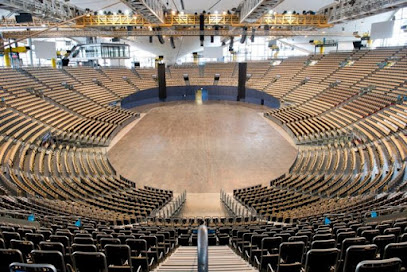
Olympiaturm
8.5 km
Experience breathtaking views and rich history at Olympiaturm, Munich's iconic tower and a highlight of the 1972 Olympic Games.
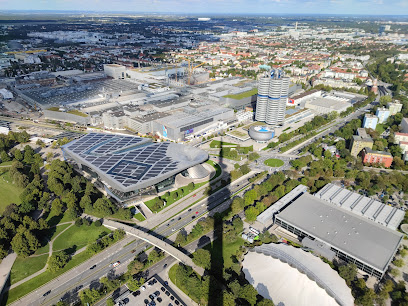
Essential places to dine
Restaurant 181
8.4 km
Experience exquisite Western cuisine with breathtaking views at Restaurant 181 in Munich - a culinary journey not to be missed.
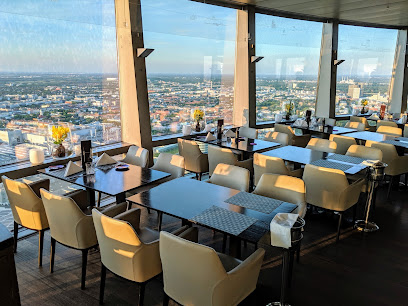
Restaurant Alte Heide
8.5 km
Savor authentic Bavarian cuisine at Restaurant Alte Heide in Munich - where tradition meets taste.
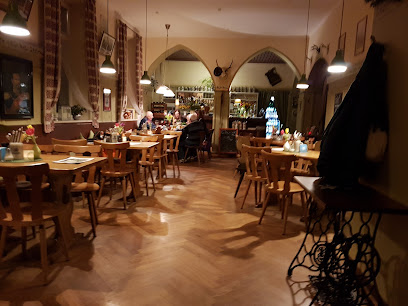
La Bohème Schwabing
8.8 km
Experience exquisite French cuisine at La Bohème Schwabing, where elegant dining meets culinary excellence in Munich's vibrant Schwabing district.
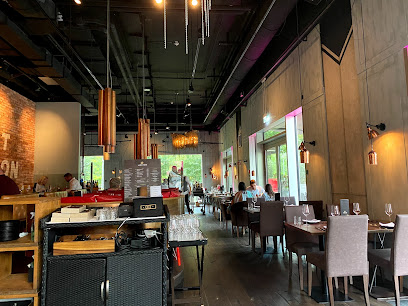
The Lonely Broccoli & Terrasse
8.9 km
Discover innovative cuisine at The Lonely Broccoli & Terrasse in Munich's vibrant Schwabing district - a must-visit for food lovers.

Tantris
9.2 km
Discover culinary brilliance at Tantris in Munich - where exquisite French cuisine meets elegant dining.
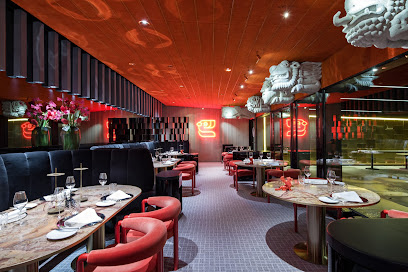
Restaurant ÖEINS in Schwabing
9.8 km
Experience modern German cuisine at Restaurant ÖEINS in Schwabing—where flavor meets ambiance in Munich's vibrant dining scene.
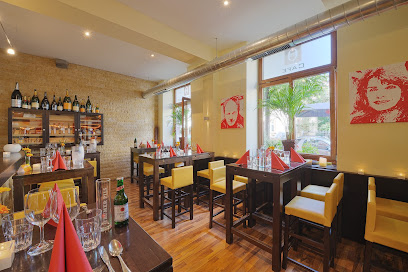
Restaurant Freisinger Hof
9.9 km
Experience authentic German flavors at Restaurant Freisinger Hof in Munich's Bogenhausen district - a must-visit culinary destination.
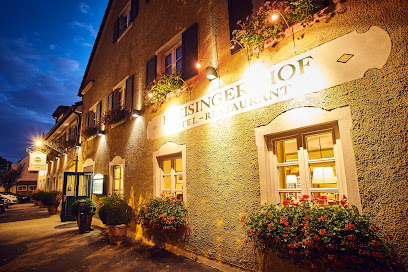
Waldfee
10.0 km
Experience authentic Austrian cuisine at Waldfee in Munich's charming Schwabing district, where tradition meets culinary excellence.

Dhaba Münchner Freiheit
10.0 km
Discover authentic Indian flavors at Dhaba Münchner Freiheit in Munich's Schwabing district - A culinary gem for every food lover.
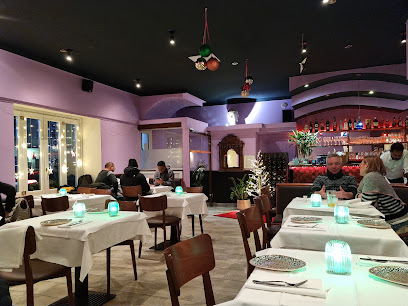
Kaisergarten
10.0 km
Savor authentic Bavarian cuisine at Kaisergarten - where tradition meets vibrant beer garden ambiance in Munich.
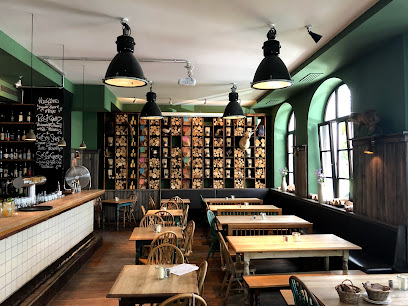
Chopan Schwabing
10.1 km
Experience authentic Afghani cuisine at Chopan Schwabing in Munich – where rich flavors meet warm hospitality.
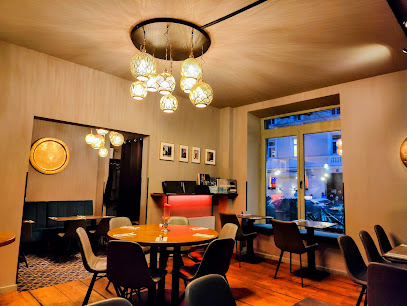
Weinbauer Inn
10.2 km
Discover the heart of Bavaria at Weinbauer Inn – where authentic cuisine meets vibrant beer culture in Munich's charming Schwabing district.
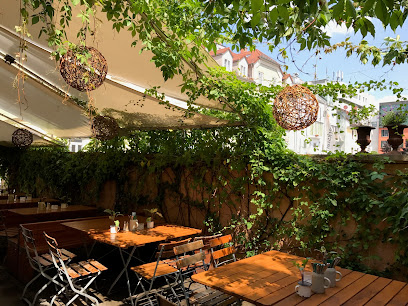
1804 Restaurant
10.3 km
Discover 1804 Restaurant: A fine dining experience blending vegetarian delights with Western cuisine in the heart of Munich's Schwabing district.
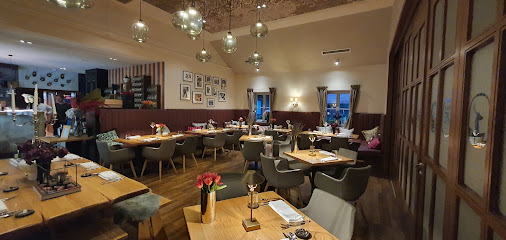
Restaurant Da Angelo
10.3 km
Discover authentic Italian cuisine in Munich's Schwabing-West at Restaurant Da Angelo – where every dish tells a story.
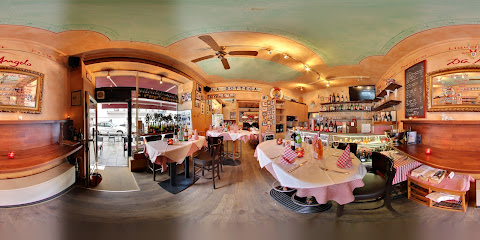
Görreshof Wirtshaus
10.5 km
Discover the essence of Bavaria at Görreshof Wirtshaus - where traditional flavors meet lively atmospheres in Munich's charming beer garden.
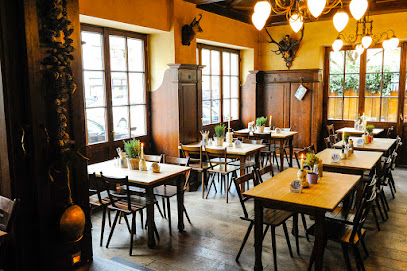
Markets, malls and hidden boutiques
Olympia Shopping Center
7.7 km
Unleash your shopping potential at Munich's Olympia Shopping Center, where over 130 stores await to satisfy every shopping desire.
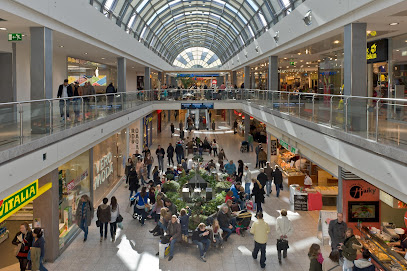
Shop
9.9 km
Discover the vibrant shopping scene in Schwabing-West, Munich, filled with unique boutiques and local culture, perfect for every traveler.
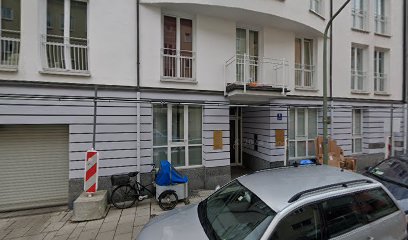
Carhartt WIP Store Munich
10.0 km
Explore the Carhartt WIP Store in Munich, where streetwear meets quality craftsmanship in a vibrant shopping experience.
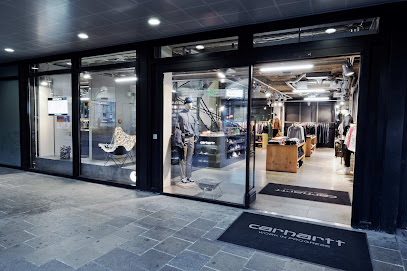
GALERIA München Schwabing
10.1 km
Explore GALERIA München Schwabing: A Shopping Haven in Munich's Trendy Schwabing District with Diverse Brands and Delicious Dining Options.
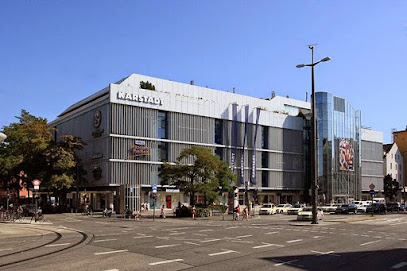
DearGoods
10.1 km
Explore unique fashion at DearGoods, a top clothing store in Munich's lively Schwabing-West district, perfect for trendy and quality apparel.
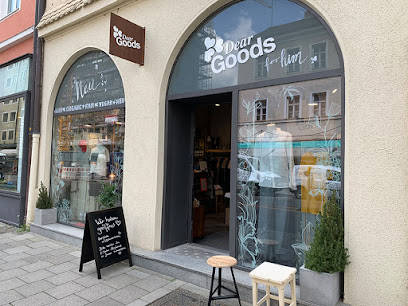
DearGoods München Schwabing
10.2 km
Explore the vibrant fashion scene at DearGoods München Schwabing, where unique clothing and accessories await every discerning shopper.
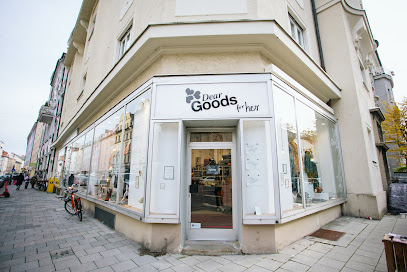
hessnatur Store Munich
10.2 km
Discover sustainable fashion at Hessnatur Store in Munich, where eco-friendly clothing meets style for the whole family in a vibrant shopping atmosphere.
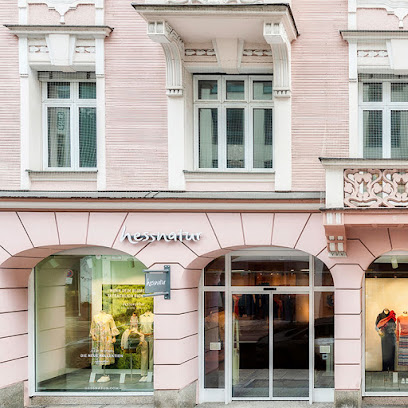
weißglut concept store
10.2 km
Discover unique design treasures at weißglut concept store in Munich's vibrant Schwabing district, a perfect blend of style and creativity.
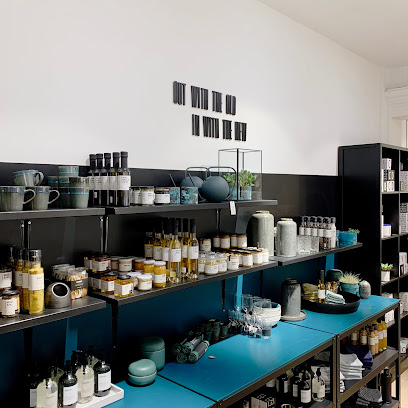
Schwabing Mitte
10.3 km
Discover unique fashion at Schwabing Mitte, a stylish boutique in Munich's trendy Schwabing district, where local designs meet vibrant city life.
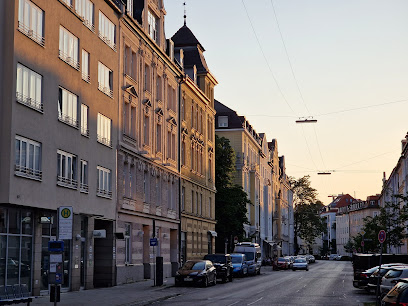
FRIEDE + STERN gifts, goods and more
10.3 km
Explore the charm of FRIEDE + STERN, Munich's unique gift shop offering a curated selection of local treasures and distinctive souvenirs.
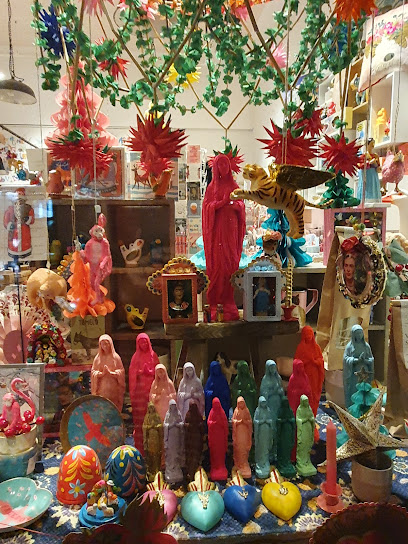
Flying Tiger Copenhagen
10.4 km
Explore Flying Tiger Copenhagen in Munich for quirky gifts, DIY supplies, and affordable home goods that add a touch of fun to your travels.
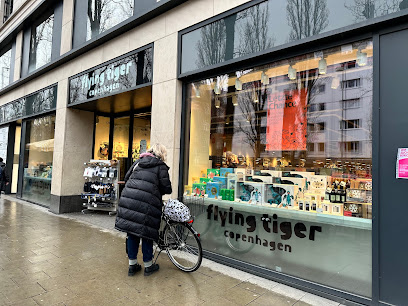
iki M. ORGANIC FAIRFASHION & SECONDHAND VINTAGE
10.8 km
Explore sustainable fashion at iki M. in Munich, your destination for organic and secondhand women's clothing and unique accessories.
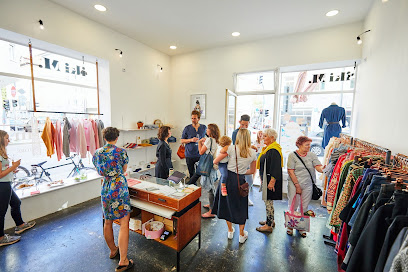
treibholz - Fashion Store Munich
10.9 km
Explore Treibholz, Munich's unique fashion store offering eclectic styles that capture the city's vibrant culture and creativity.

beGipsy Secondhand
11.1 km
Explore sustainable fashion at beGipsy Secondhand, Munich's hidden gem for unique vintage women's clothing and accessories.

BREITENGRAD Concept Store Inh. Angela Dreier
11.2 km
Explore the finest selection of gifts, fashion, and home goods at Munich's BREITENGRAD Concept Store, where creativity meets style.
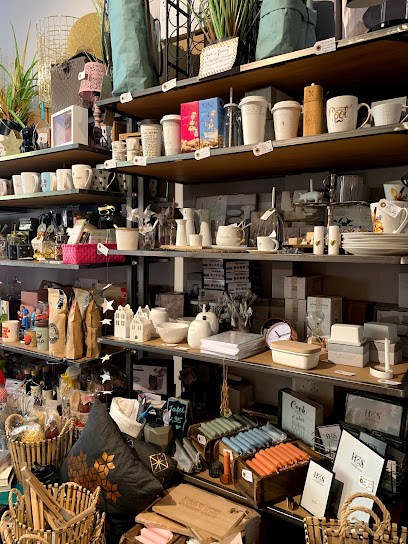
Essential bars & hidden hideouts
The Potting Shed Bar & Kitchen
10.0 km
Discover gourmet hamburgers and handcrafted cocktails at The Potting Shed Bar & Kitchen, a must-visit culinary spot in Munich's vibrant Schwabing district.
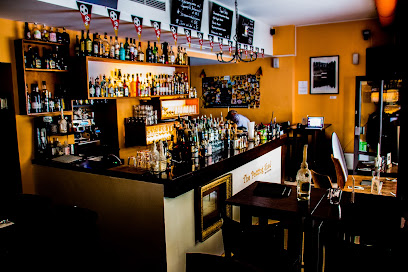
Wallace Bar
10.1 km
Experience the best of Munich's nightlife at Wallace Bar, where expertly crafted cocktails meet a lively atmosphere.
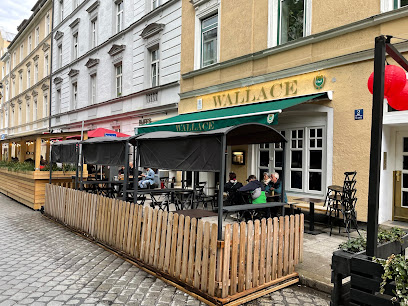
Schwabinger 7
10.1 km
Uncover Munich's nightlife at Schwabinger 7, a bustling bar in Schwabing offering cocktails, local beers, and a lively atmosphere for all.
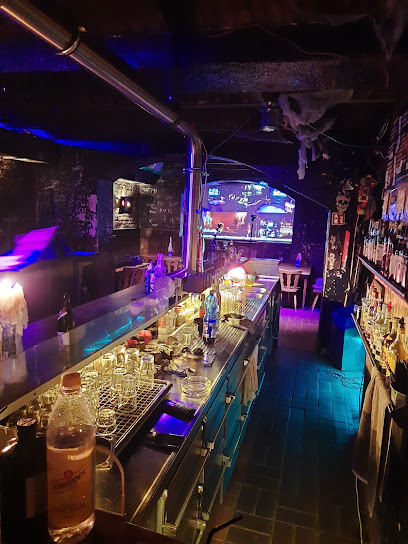
EsteBar
10.1 km
Experience the vibrant energy of EsteBar in Munich's Schwabing-Freimann, where cocktails and camaraderie come together in a lively atmosphere.
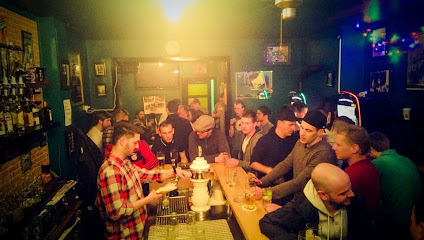
CALL SOUL - Breaking Bar
10.1 km
Discover CALL SOUL - Breaking Bar in Munich for innovative cocktails and a lively atmosphere that perfectly encapsulates the city's vibrant nightlife.
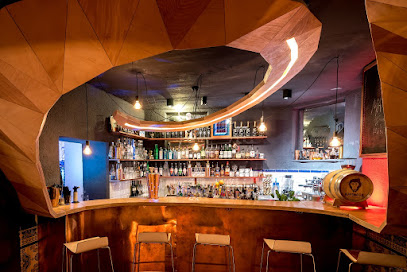
Cocktailhouse
10.2 km
Experience innovative cocktails and a vibrant atmosphere at Cocktailhouse, Munich's trendy bar in Schwabing-Freimann.
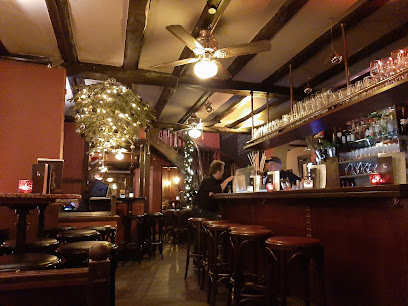
Café BANGKOK
10.2 km
Experience the vibrant fusion of Thai cuisine and lively dance at Café BANGKOK, Munich's premier dance restaurant and cocktail bar.
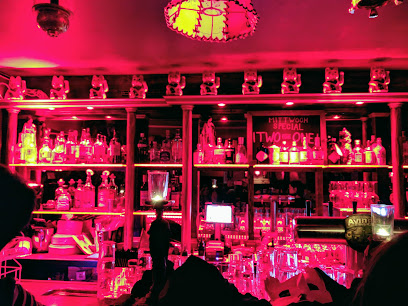
The Keg Bar
10.4 km
Discover The Keg Bar in Munich's Schwabing-Freimann, a lively destination for drinks, snacks, and unforgettable social experiences.
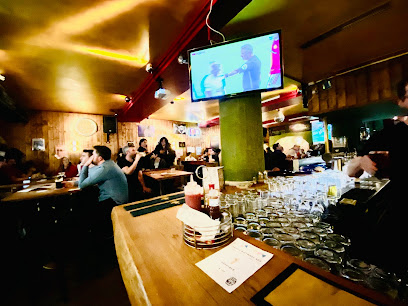
Vega Bar
10.6 km
Experience the vibrant nightlife of Munich at Vega Bar, where expertly crafted cocktails and a lively atmosphere await you.
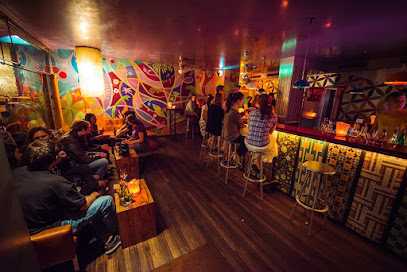
Ungewitter
10.6 km
Discover the vibrant nightlife of Munich at Ungewitter, where great drinks and a lively atmosphere await you.
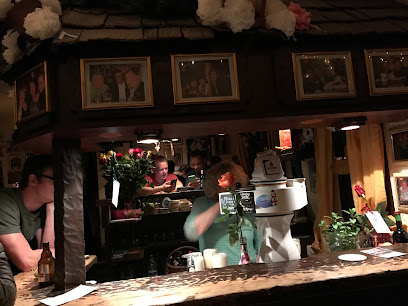
Pomp Cocktail Bar
10.6 km
Discover the vibrant nightlife of Munich at Pomp Cocktail Bar, where expertly crafted cocktails and a lively atmosphere await.
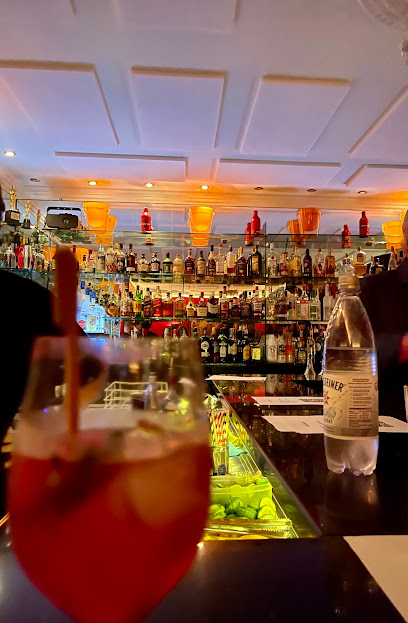
freebird, bar and food
10.8 km
Discover Freebird, a vibrant bar and restaurant in Munich's Maxvorstadt, offering a delightful mix of local cuisine and nightlife.
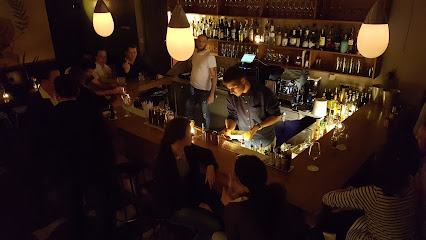
Fox Bar
11.0 km
Experience Munich's nightlife at Fox Bar, a vibrant spot offering craft cocktails and a lively atmosphere in the heart of Maxvorstadt.
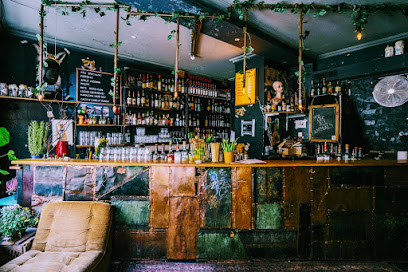
James T. Hunt Bar
11.1 km
Discover the lively ambiance of James T. Hunt Bar in Munich, where great cocktails meet delicious pizza in a vibrant atmosphere.
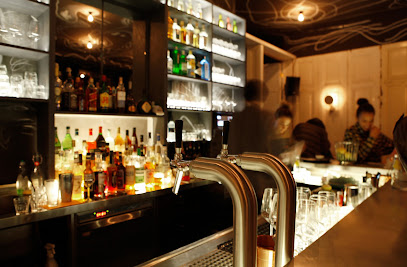
RAW Metal Bar
11.2 km
Experience Munich's vibrant nightlife at RAW Metal Bar, where affordable drinks and a lively atmosphere await you.




